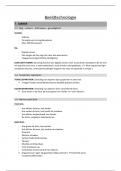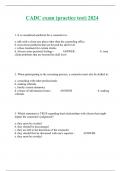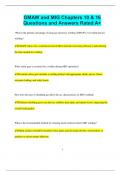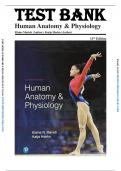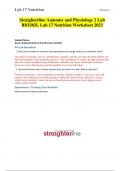Summary
Samenvatting Beeldtechnologie 2 - (SEM 2) (N30544)
- Course
- Institution
Dit is een samenvatting van de gehele cursus en video's van Beeldtechnologie 2 - semester 2, gegeven in het 2de jaar Film, tv en video door Nicolas Cladakis aan het Narafi - Luca School of Arts.
[Show more]
